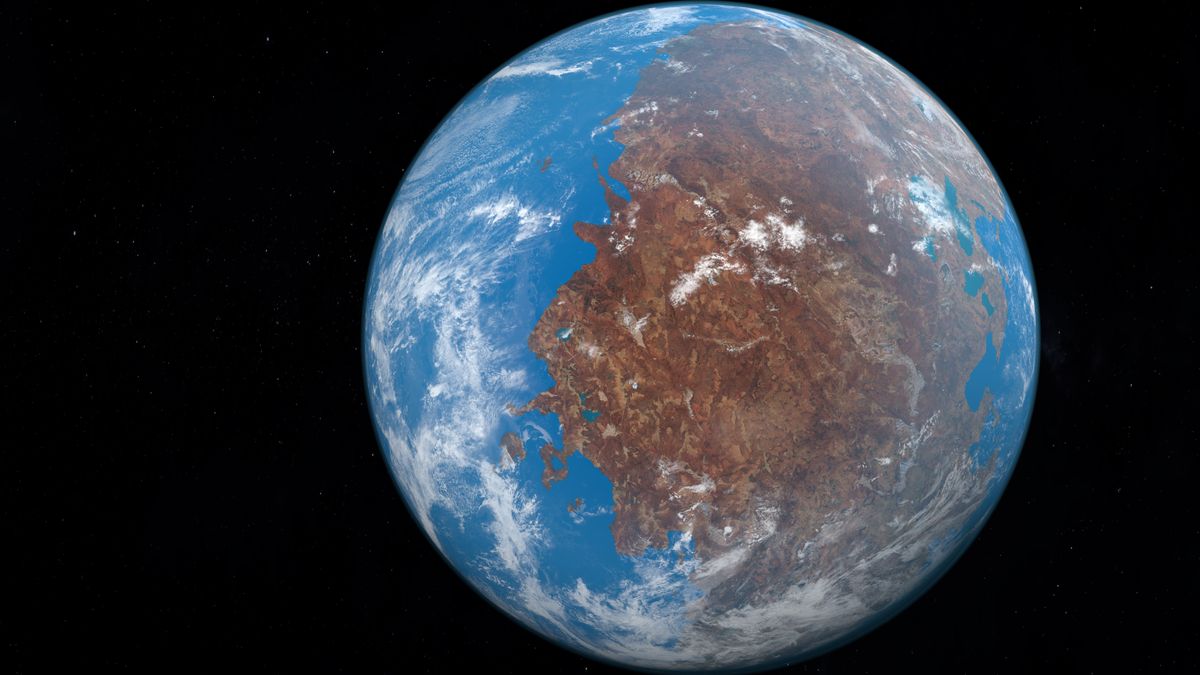Pangaea: Facts about an ancient supercontinent [View all]
By Tia Ghose, Laura Geggel last updated about 17 hours ago
Pangaea is Earth's most recent supercontinent, which existed 320 million to 195 million years ago.

Illustration of Earth when the supercontinent Pangaea existed
The supercontinent Pangaea formed around 320 million years ago. (Image credit: iStock/Getty Images Plus)
Pangaea was a massive supercontinent that formed between 320 million and 195 million years ago. At that time, Earth didn't have seven continents, but instead one giant one, which was surrounded by a single ocean called Panthalassa.
The explanation for Pangaea's formation ushered in the modern theory of plate tectonics, which posits that the Earth's outer shell is broken up into several plates that slide over Earth's rocky shell, the mantle.
Over the course of the planet's 4.5 billion-year history, several supercontinents have formed and broken up, a result of churning and circulation in the Earth's mantle, which makes up 84% of the planet's volume, according to the U.S. Geological Survey. This breakup and formation of supercontinents has dramatically altered the planet's history.
"This is what's driven the entire evolution of the planet through time. This is the major backbeat of the planet," said Brendan Murphy, a geology professor at the St. Francis Xavier University, in Antigonish, Nova Scotia
More:
https://www.livescience.com/38218-facts-about-pangaea.html
